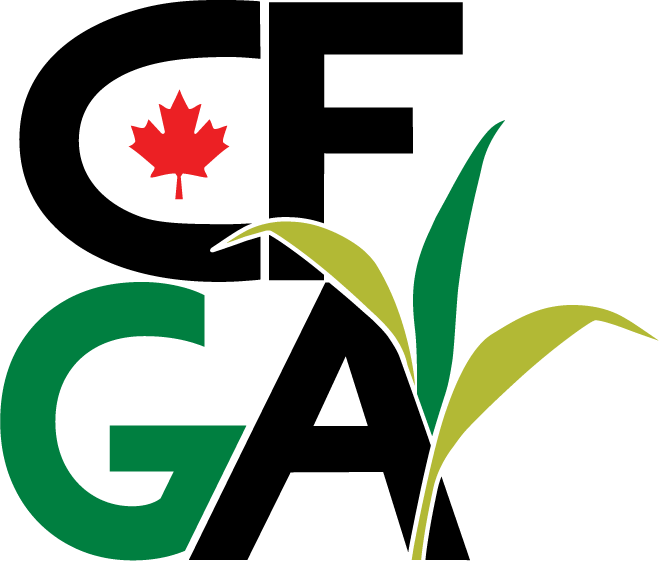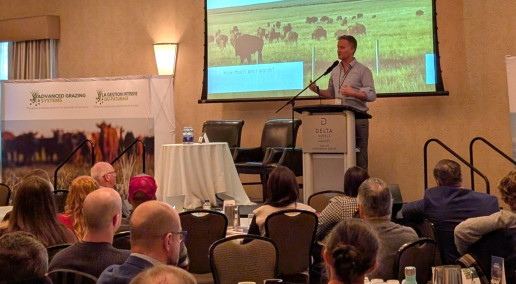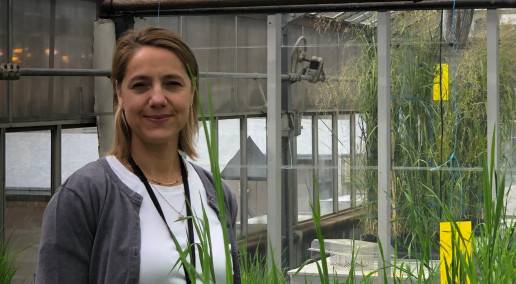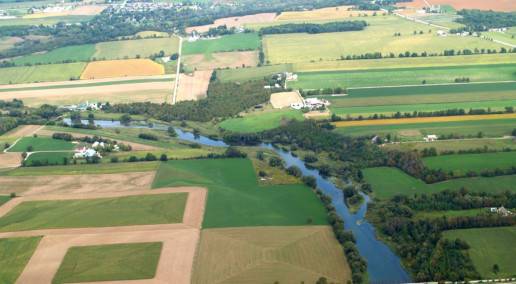The Field to Feed Panel at the Canadian Forage and Grassland Association’s (CFGA) 2024 conference in Guelph Ontario in December was made up of three panelists:
- Tom Wright, a dairy cattle specialist with Ontario Ministry of Agriculture, Food and Rural Affairs (OMAFRA)
- Courtney Vriens, owner of Vriens Nutrition Consulting, specializing in dairy and meat sheep nutrition
- Patrick Lynch, a certified crop advisor member, recipient of numerous awards including the University of Guelph Distinguished Extension Award and the Perth County Wall of Fame and inductee of the Ontario Agriculture Hall of Fame.
The panel started with the question: How do you define high quality forage? Digestibility, fibres, protein and starch were identified as key elements of quality forage, but the levels of each depend on the crop. Patrick pointed out that quality starts in the field, pointing to harvesting techniques such as windrowing versus laying it flat. He said research shows laying it flat on the ground and making it within 24 hours improves quality.
The next question tackled the issue of errors made when producing forage. The panelists said many forages are being put away too wet, or with higher than 68 per cent moisture, which can impact fermentation and lead to nutrient loss. Using fermentation inoculants can help improve the process and insure proper pH and lactic acid.
For dry matter, proper packing is important for maintaining quality. Quality starts with ensuring you’re using the right variety for your region, managing nitrogen application and harvesting under the best conditions possible.
Wet weather raises concerns for farmers from a nutritional standpoint; do you harvest early or take a risk harvesting later? The panel was divided on the answer. Courtney raised concerns related to soil contamination and overly wet feed. She said nutrients can be added, if the feed quality is lower due to waiting for dryer conditions before harvesting. Pat raised the possibility of the weather not improving and recommended getting it harvested when its ready. Adding it was really a farmer-by-farmer call, based on quality, how much feed is already in stock and if they can mix it and how desperate they are to get feed.
The topic of using inoculants was also addressed, with the panel agreeing there was good payback. They said it is helpful, especially if not everything is lining up. It will help achieve the fermentation needed.
The panel also addressed growing triticale versus alfalfa. The panel indicated it has protein and moisture level limitations. The discussion closed with the panelists sharing their thoughts on agronomists and nutritionists working more closely with the farmer in a more unified way. They all agreed it was a good idea to sit down together at the end of the year to look at what worked and to discuss the goals of the farm together.
2024 Conference Recordings
To hear all of this presentation, you can purchase access to it, and all of the recordings from the 2024 conference proceedings. Note, the recordings are available for free to those who registered for the 2024 conference. For more information, email [email protected].
Early bird registration is open for the CFGA’s 2025 conference
Early bird registration has opened for the CFGA’s 16th Annual Conference will take place Nov, 18 to 21 in Fredericton, New Brunswick. The conference is being organized in partnership with the CFGA provincial partner the New Brunswick Soil and Crop Improvement Association (NBSCIA). The theme is Greener Horizons: Technological Innovations in Forage and Grassland Management and the event will include pre-conference workshops, two days of presentations and a not-to-be-missed post conference tour to several New Brunswick farms. Registration details are available here.
Back to Conference 2024



Leave a Comment